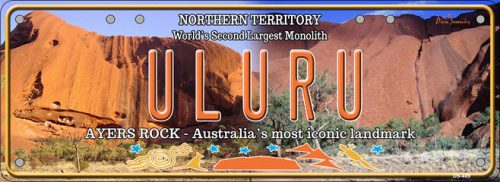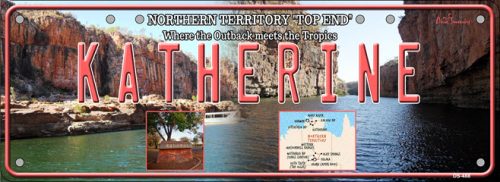
Uluru
- Details: DS Uluru
- Availability: In Stock
Description
ULURU, also known as Ayers Rock and officially gazetted as Uluru / Ayers Rock, is a large sandstone rock formation in the southern part of the Northern Territory in central Australia. It lies 335 km south west of the nearest large town, Alice Springs.
Uluru is sacred to the Pitjantjatjara Anangu, the Aboriginal people of the area. The area around the formation is home to an abundance of springs, waterholes, rock caves and ancient paintings. Uluru is listed as a UNESCO World Heritage Site. Uluru and Kata Tjuta, also known as the Olgas, are the two major features of the Uluṟu-Kata Tjuṯa National Park.
Uluru is an “inselberg”, literally “island mountain”. An inselberg is a prominent isolated residual knob or hill that rises abruptly from and is surrounded by extensive and relatively flat erosion lowlands in a hot, dry regions
It is one of Australia’s most recognisable natural landmarks. The sandstone formation stands 348 m high, rising 863 m above sea level with most of its bulk lying underground, and has a total circumference of 9.4 km. Both Uluru and the nearby Kata Tjuta formation have great cultural significance for the Aṉangu people, the traditional inhabitants of the area, who lead walking tours to inform visitors about the local flora and fauna, bush food and the Aboriginal dreamtime stories of the area.
Uluru is notable for appearing to change colour at different times of the day and year, most notably when it glows red at dawn and sunset.
Kata Tjuta, also called Mount Olga or the Olgas, lies 25 km (16 mi) west of Uluru. Special viewing areas with road access and parking have been constructed to give tourists the best views of both sites at dawn and dusk.




